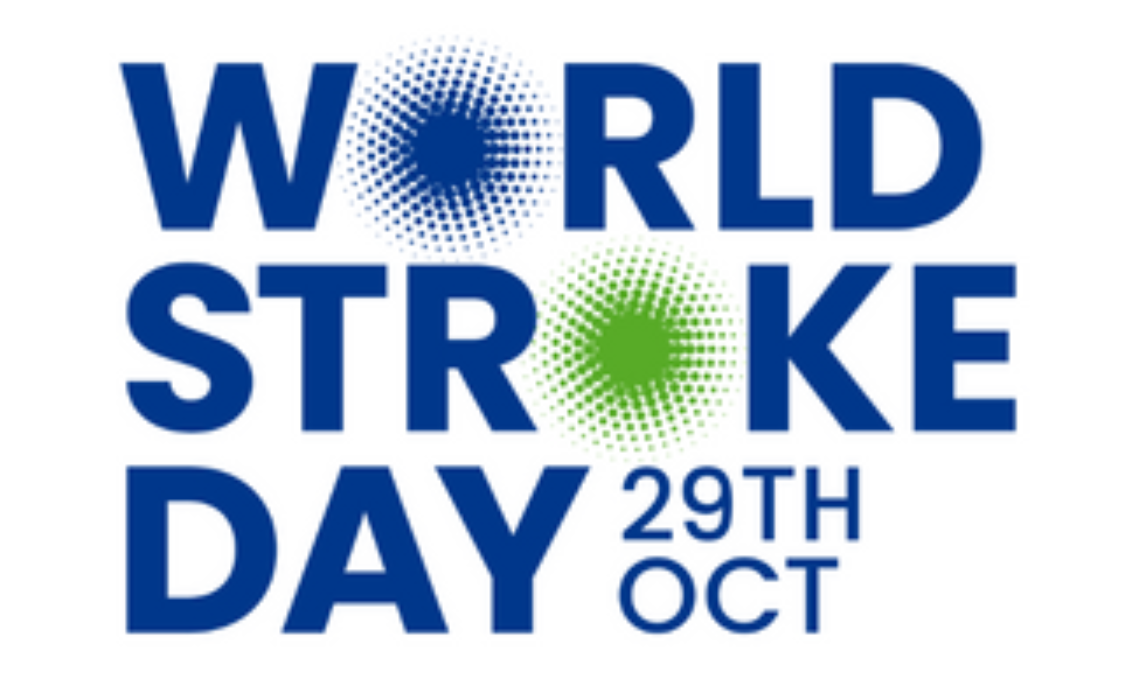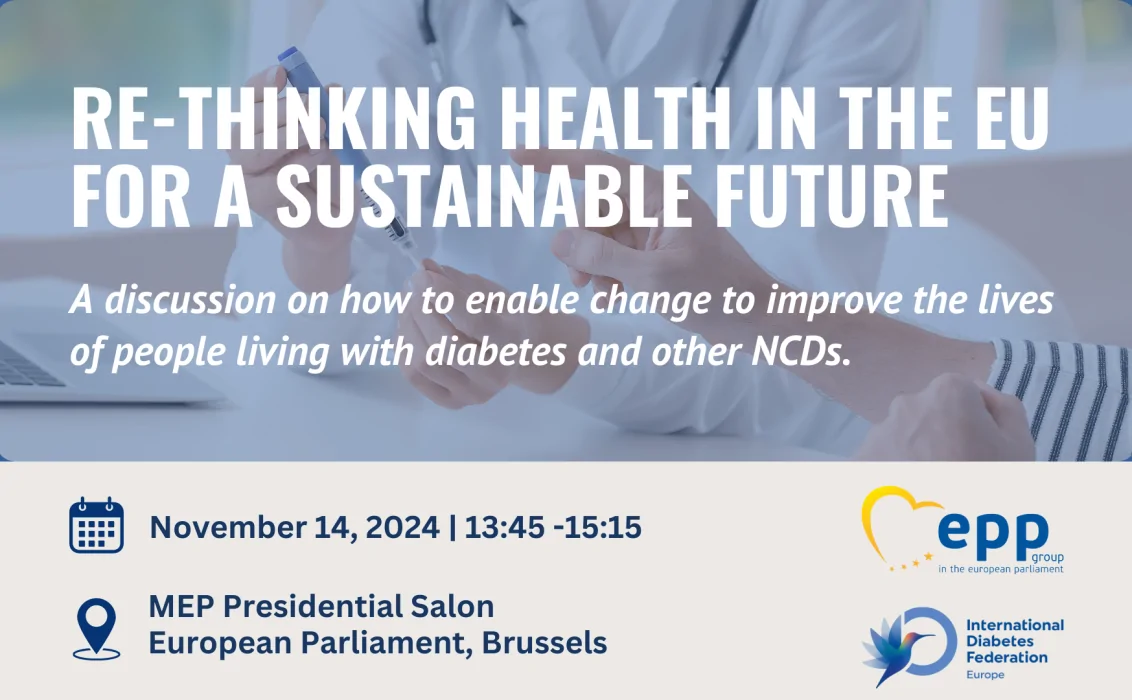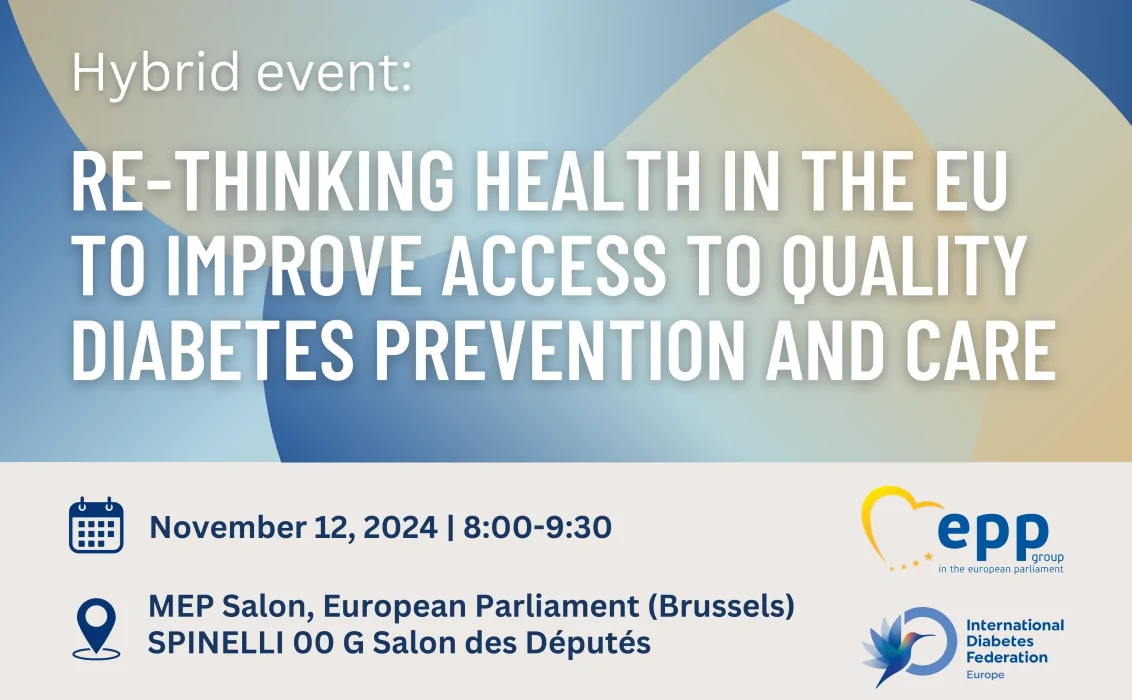Each year, on October 29, the international community comes together to raise awareness of the seriousness of strokes. A stroke is a medical emergency affecting over one in four adults globally. A stroke can happen through two different physiological mechanisms. An ischemic stroke happens when an area of the brain does not have oxygen for some time due to a clot or blockage. This leads to the surrounding tissue becoming damaged and dying. A second type of stroke is where a blood vessel bleeds, causing a haematoma. This form of stroke is called a haemorrhagic stroke. Stroke survivors can develop short and long-term complications, including, for example, mobility and speech issues. This year´s global campaign focuses on raising awareness of the first signs of a stroke and the need to act quickly when it happens.
Stroke and Diabetes
Living with diabetes is a major risk factor for developing cardiovascular diseases and strokes. The World Stroke Organization suggests that the likelihood of developing a stroke is 1.5 to 2 times higher for an adult living with diabetes compared to one who does not. A meta-analysis of 39 studies demonstrated that 28% of people with a stroke were living with diabetes [1].
Prevention is key as the risk of developing a stroke can be considerably reduced by keeping blood glucose levels in range, blood pressure low and cholesterol levels on target. Adopting a healthy lifestyle through regular exercise and a balanced diet can drastically reduce the risk of having a stroke. Prescribed medicines may also help, in some cases, reduce blood pressure and cholesterol levels.
Recognising a stroke (F.A.S.T.)
If a stroke happens, though, what is of the essence is to save #precious time by ensuring timely access to medical care, as each second of inaction could lead to additional brain tissue and neurons damage – what happens during the first 24 hours after a stroke will have a significant impact on the future prognosis and treatment options.
Knowing the signs is crucial to act quickly. F.A.S.T is an easy acronym to use to remember the key signs and act on them.
 |
Some other less commonly known symptoms include trouble with one’s vision. The person may suddenly have blurred or darkened vision in one or both eyes and/or may see double. A sudden, severe headache, which may be accompanied by vomiting, dizziness or altered consciousness, may also indicate a stroke. A person may also be experiencing trouble walking – they may become unstable and coordination may become more difficult over a short period of time. Key, if these symptoms occur, is to sit down immediately to prevent any falls. All these symptoms tend to come on suddenly and progress rather quickly, so it is important to act as quickly as possible.
Recovery
Recovering from a stroke can be long and challenging. Some of the usual actions that a person with diabetes undertakes and which are second nature to them, such as putting on a pen needle, or filling in a pump cartridge, or even checking blood glucose levels, may not prove as easy as before, and more care and support might be required during the recovery process. Advances in rehabilitation therapies have meant, though, that over time, most people recover much of what has been damaged.
Our call to action
Reflecting the heightened risk for people living with diabetes, prevention of stroke and CVD should be a major priority for all governments when designing diabetes care strategies. Shifting the focus to prevention rather than treatment is essential not just to reduce the personal burden diabetes-related complications place on people living with diabetes and their families but also to reduce the staggering cost of diabetes-related expenditure, which are accounted for by often-preventable complications (Euro75 bn) [2].
On World Stroke Day, we wish to acknowledge the hard work of stroke survivors and the support of their healthcare professionals. We also call on all governments to:
- invest in prevention strategies and infrastructure that foster health-enabling environments;
- increase HCP education to raise awareness of the importance of prevention strategies and person-centred care for their patients;
- facilitate access to the medicines and technologies supporting an improvement in the optimal management of diabetes and a reduction of the risk of developing diabetes-related complications;
- promote health literacy for PwD.
Without decisive action, millions of lives will continue to be adversely affected by strokes and other diabetes-related complications. Prevention strategies are key, and will benefit not only PwD but also all people at risk from strokes.
[1] Lau, L. H., Lew, J., Borschmann, K., Thijs, V., & Ekinci, E. I. (2019). Prevalence of diabetes and its effects on stroke outcomes: A meta‐analysis and literature review. Journal of diabetes investigation, 10(3), 780-792.
[2] Diabetes Atlas 10th edition, 2021. European factsheet: https://diabetesatlas.org/regional-factsheets/



